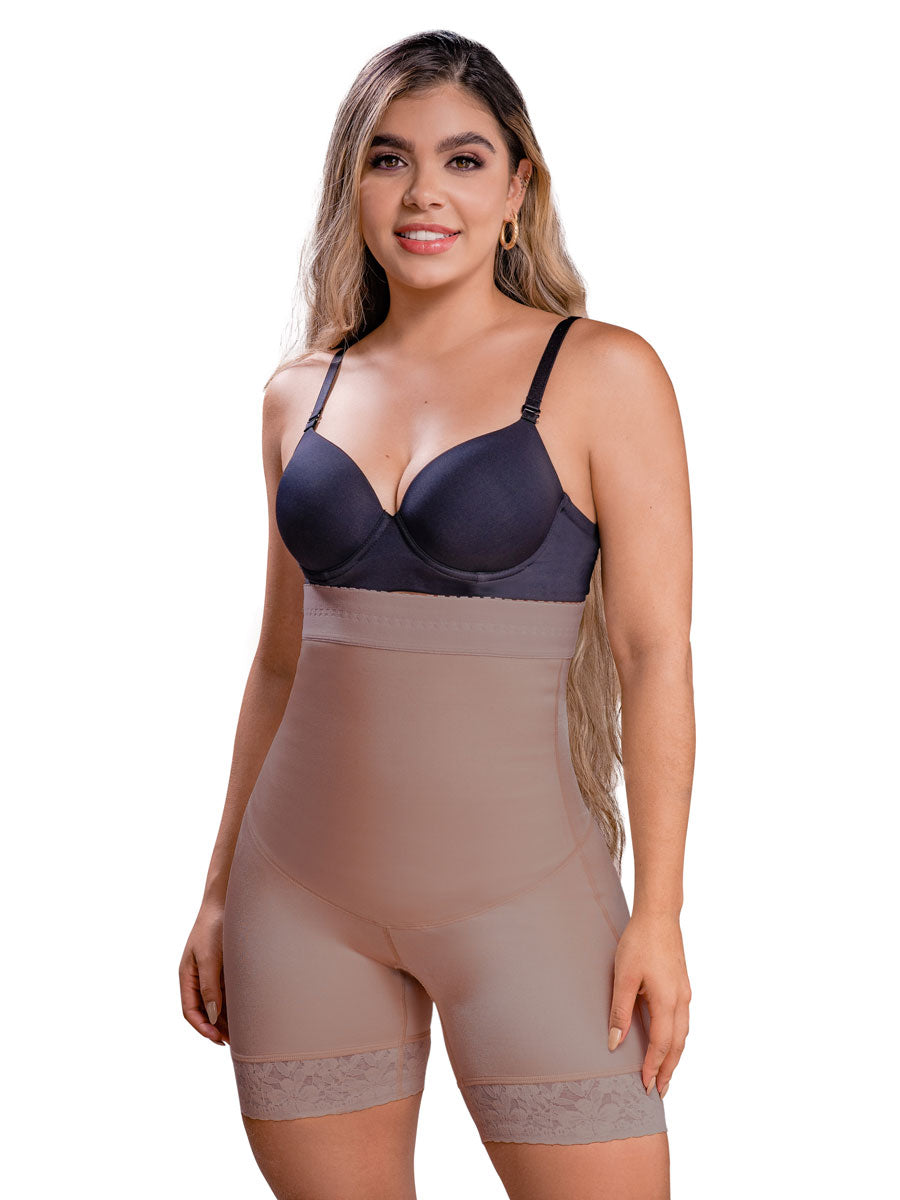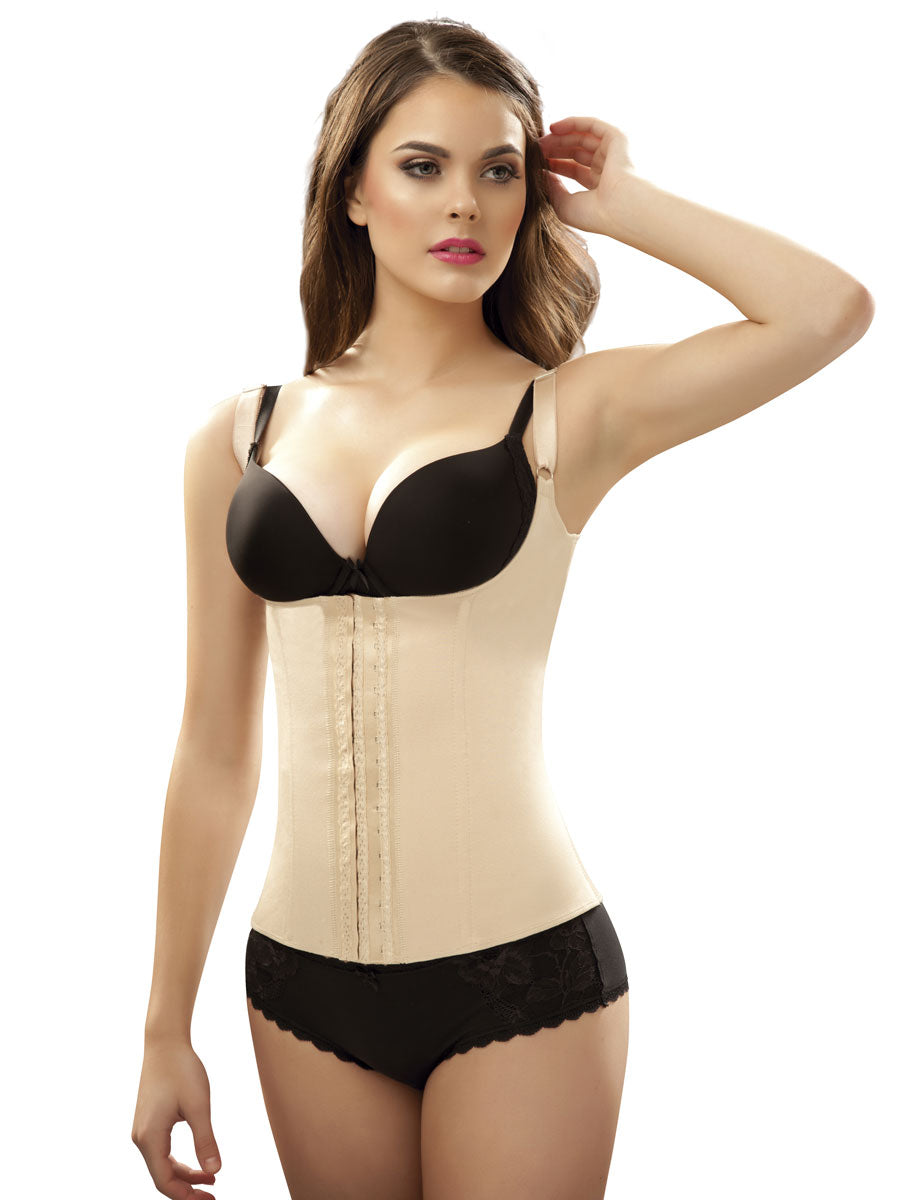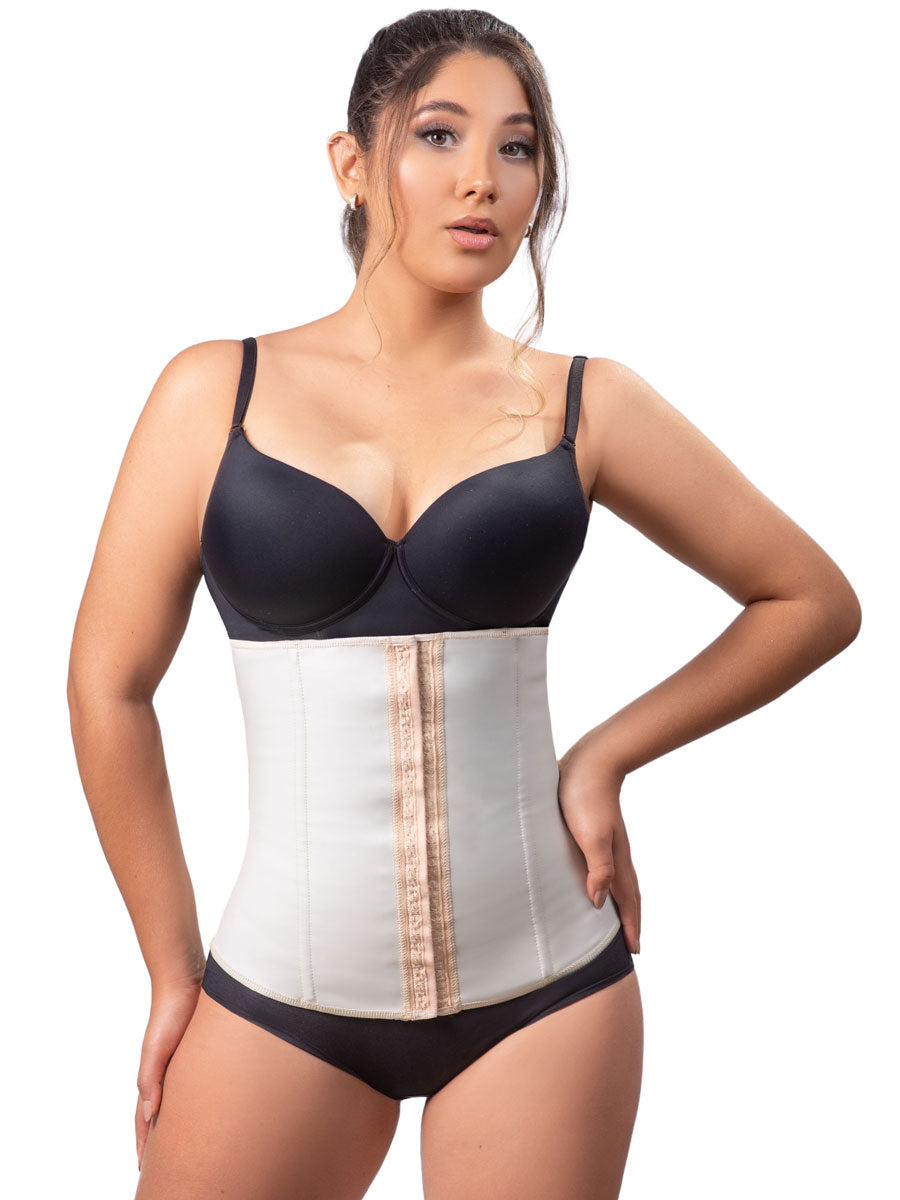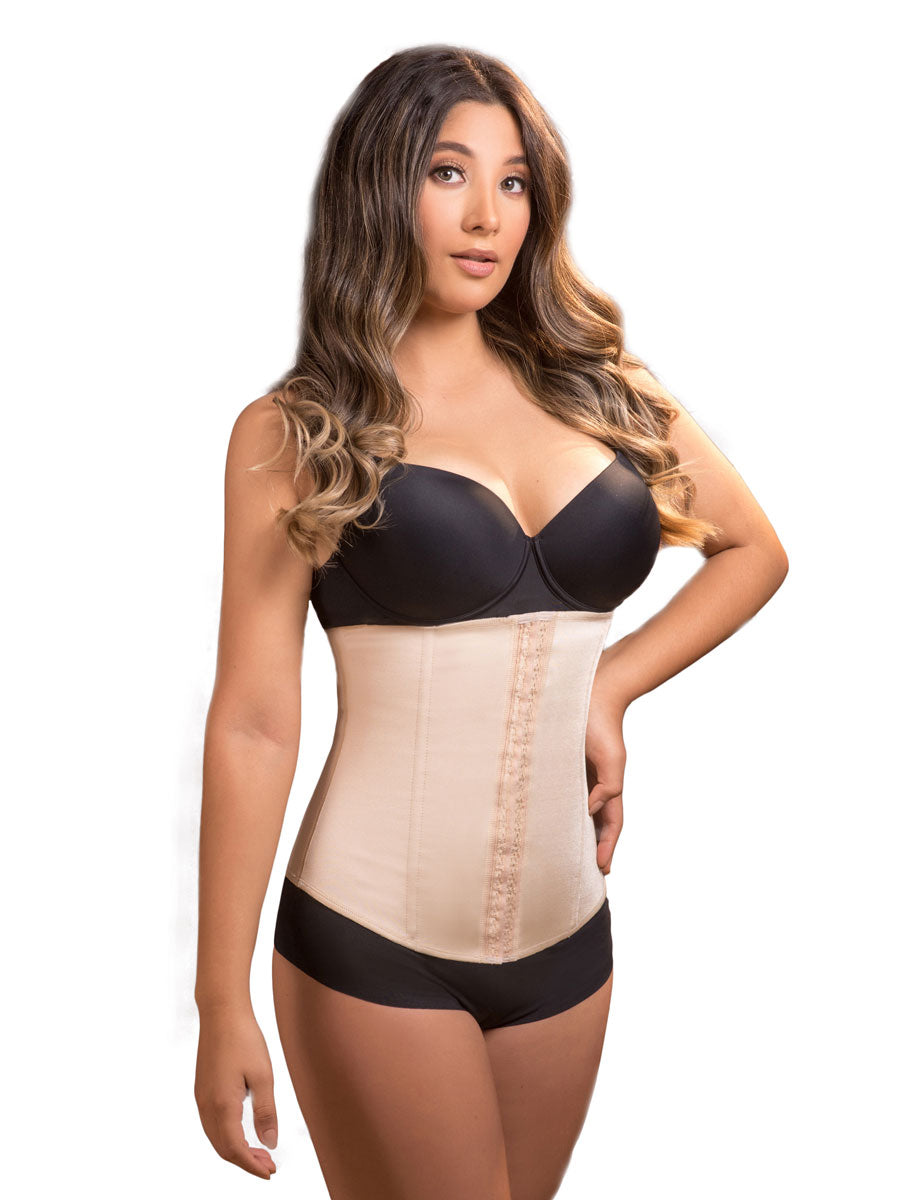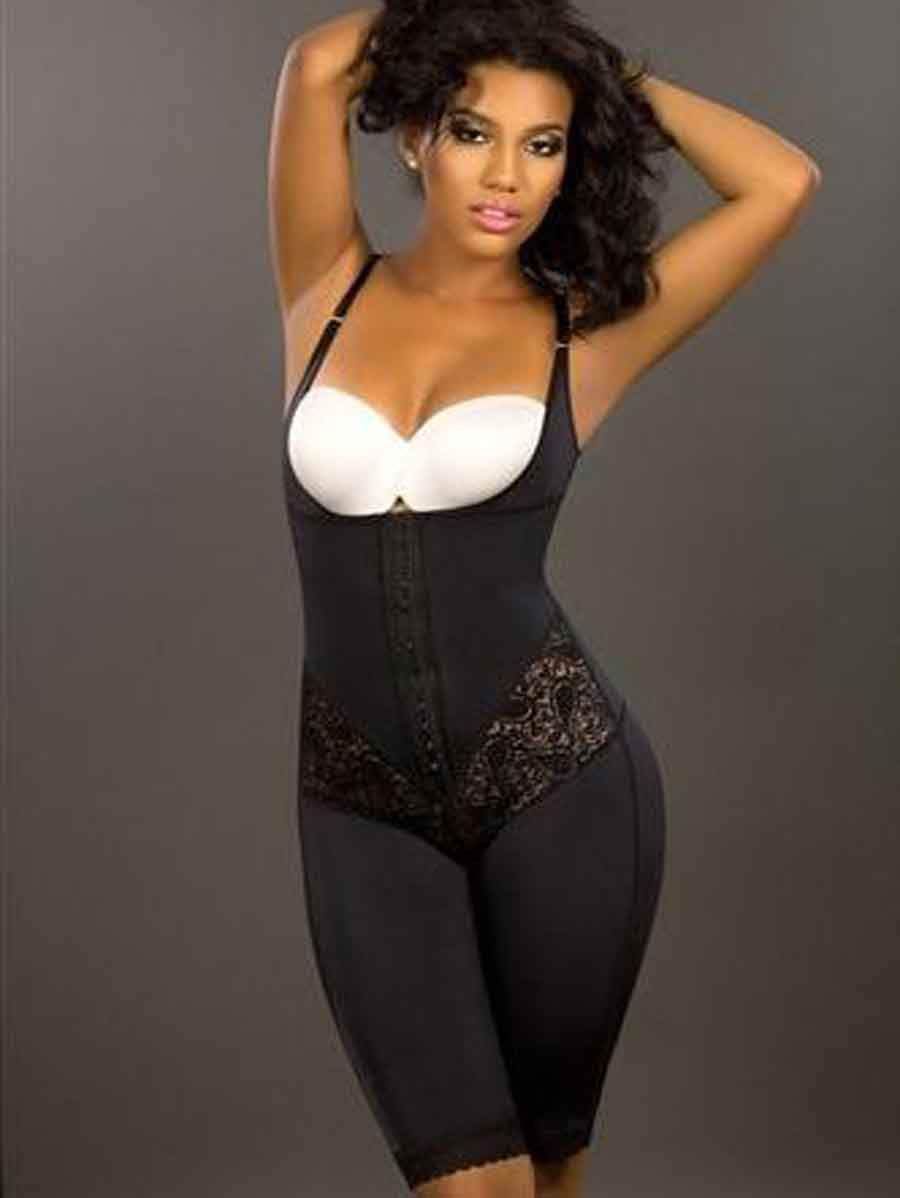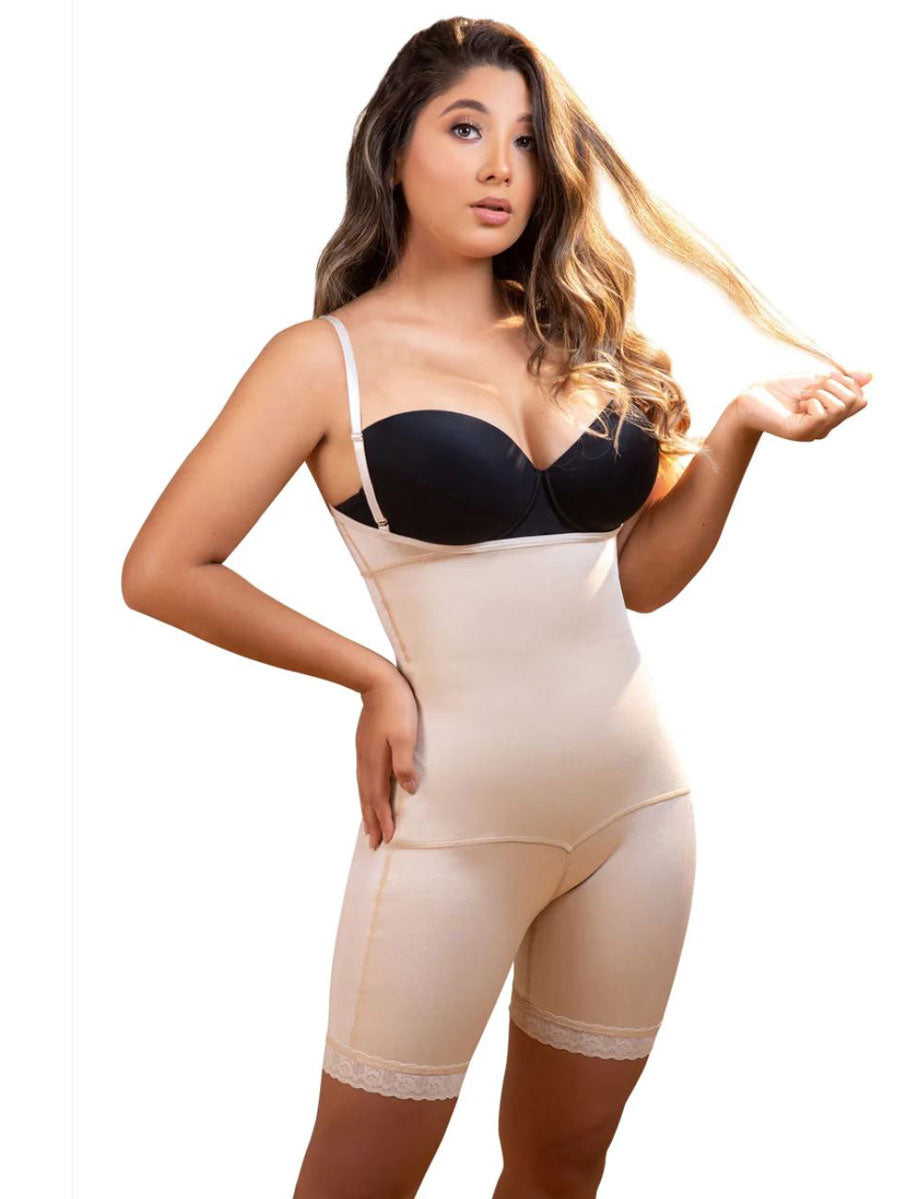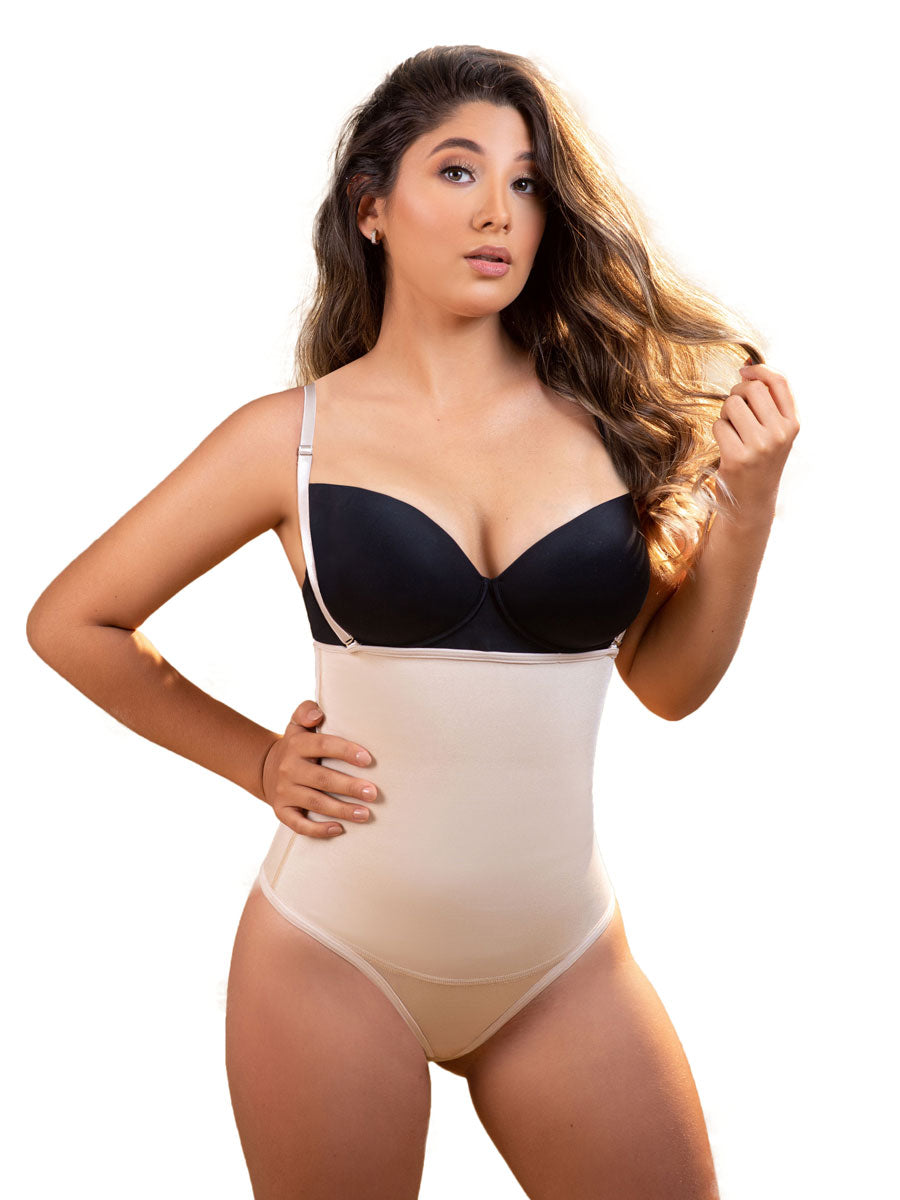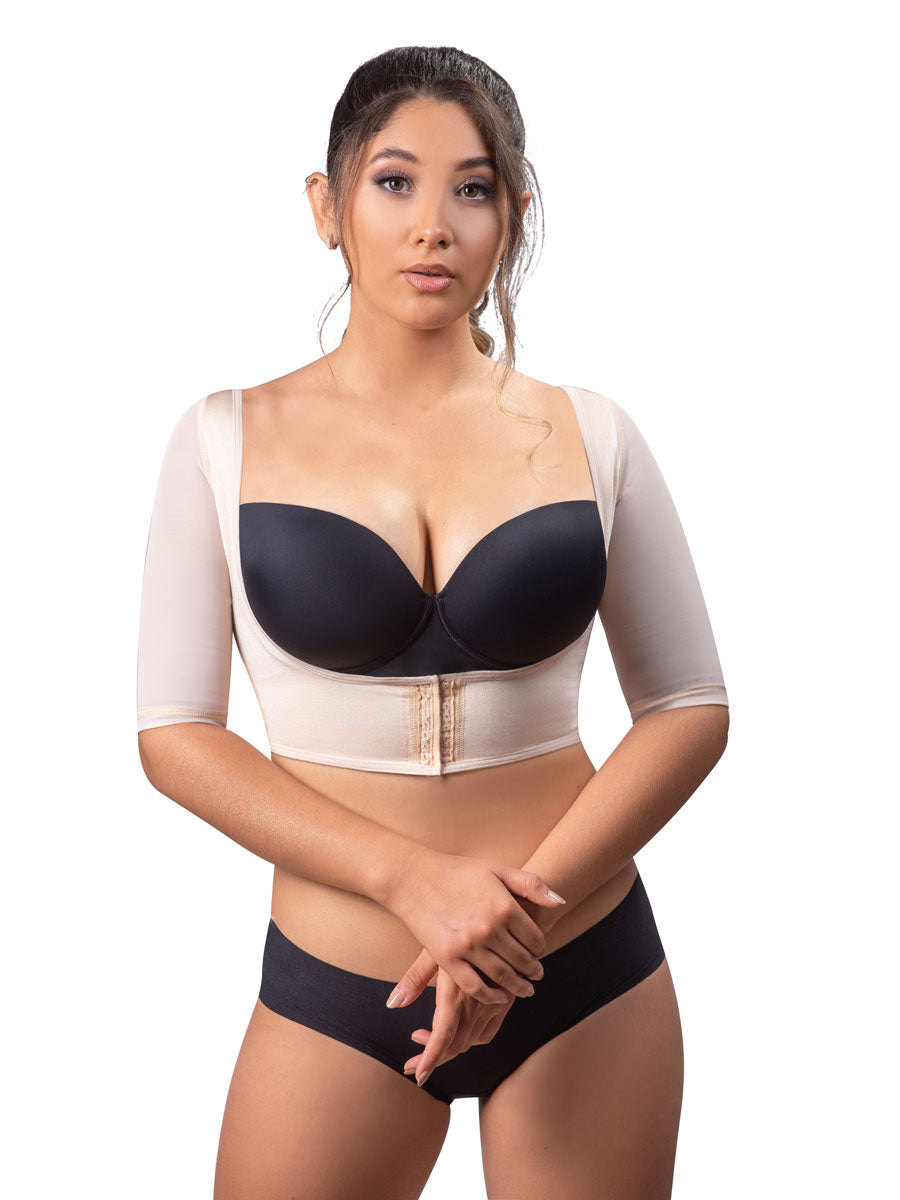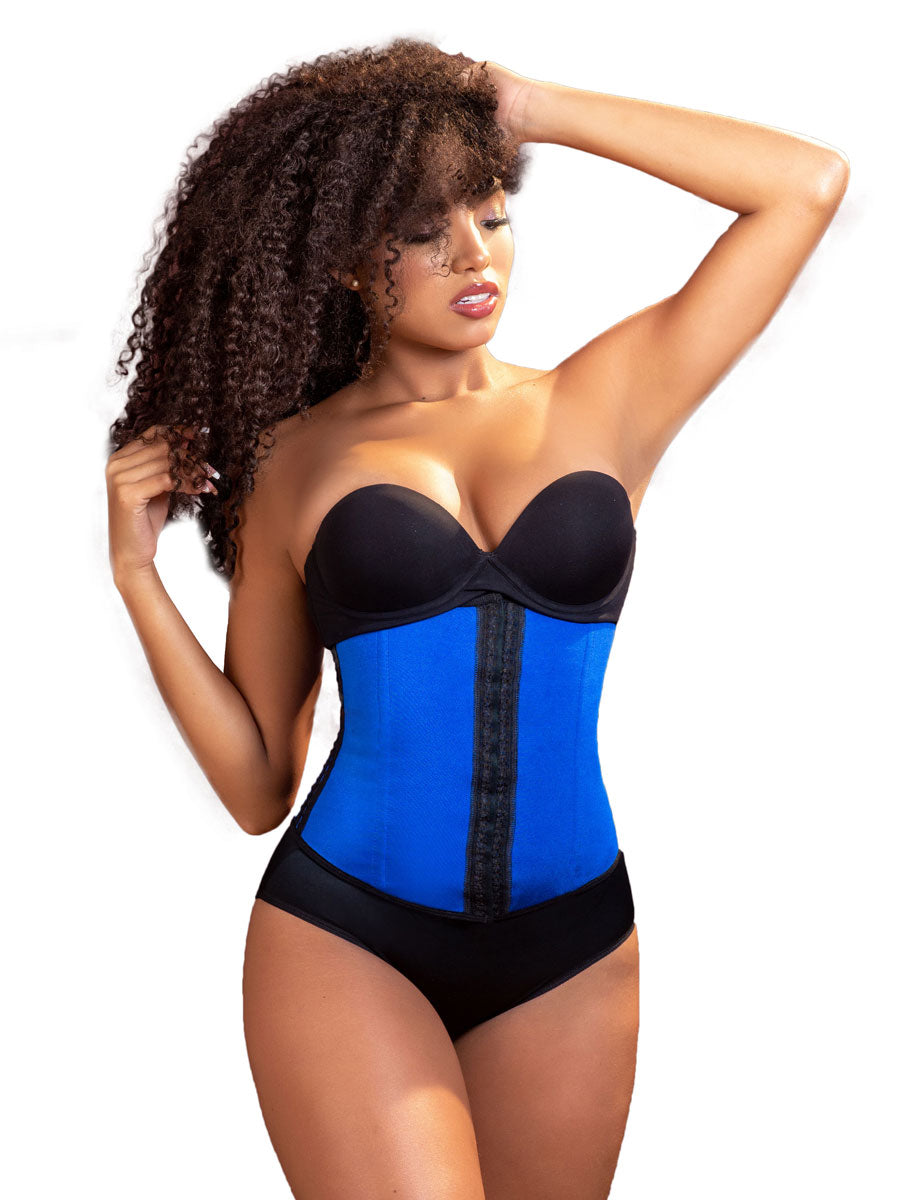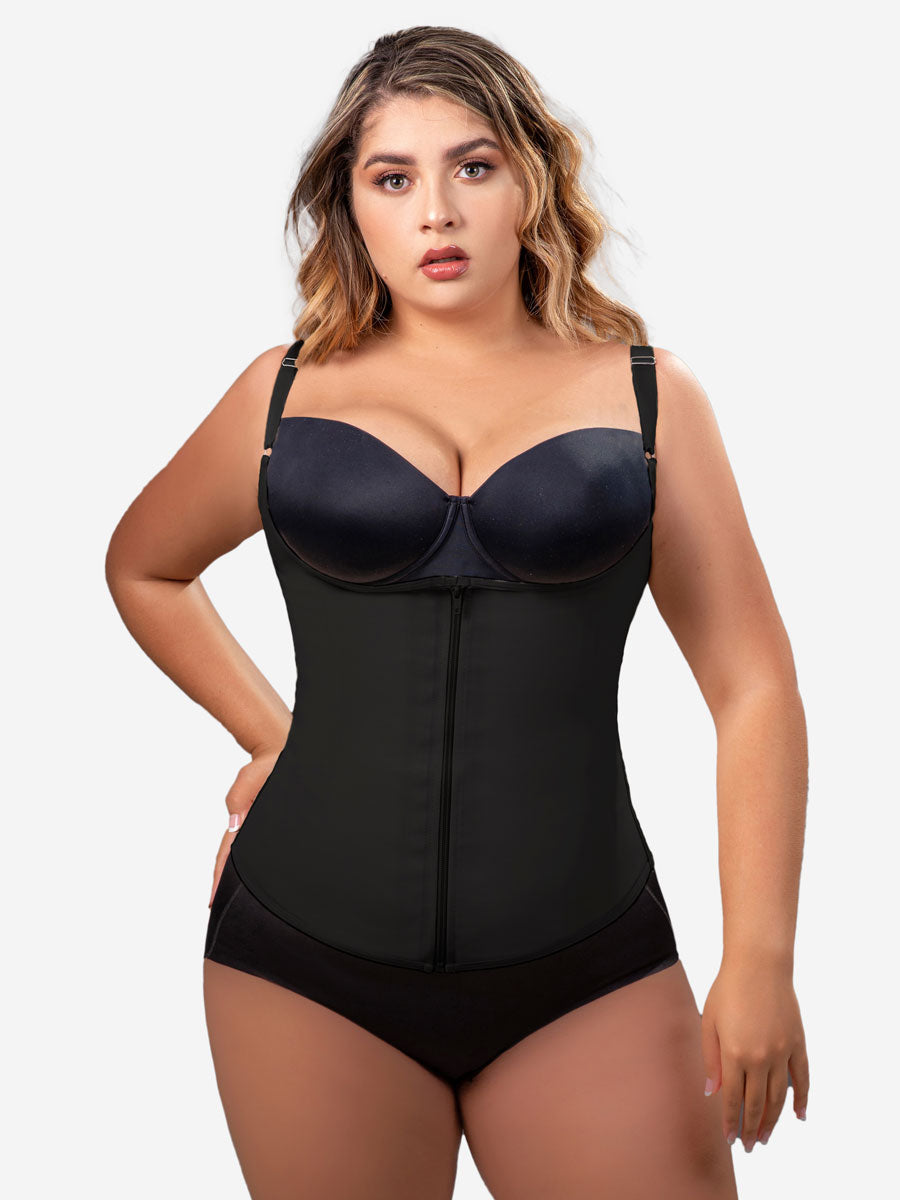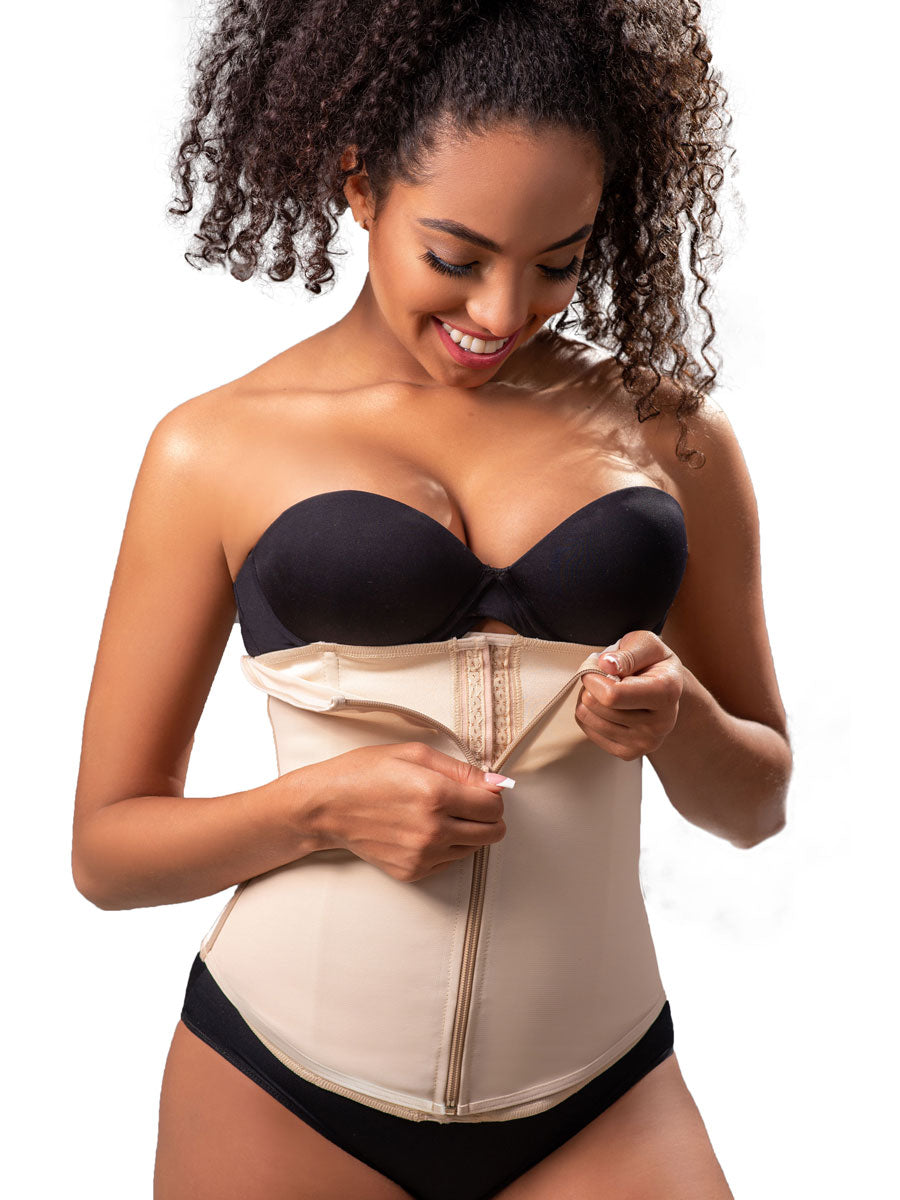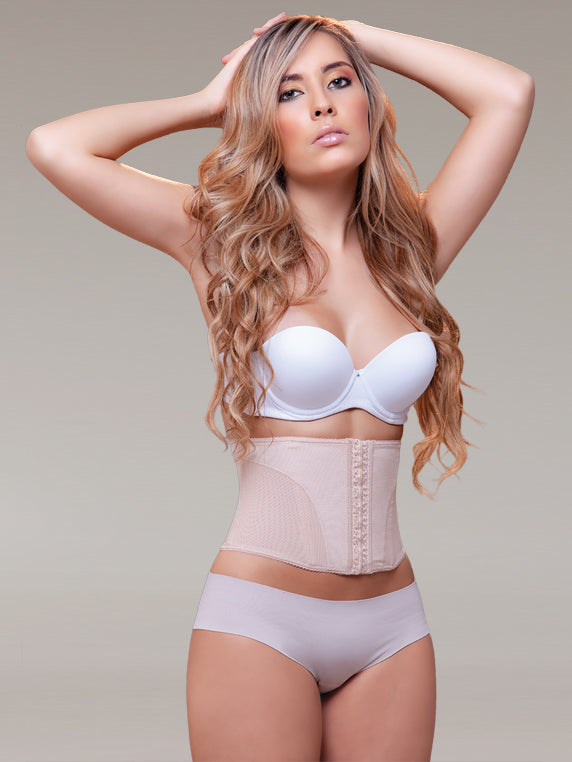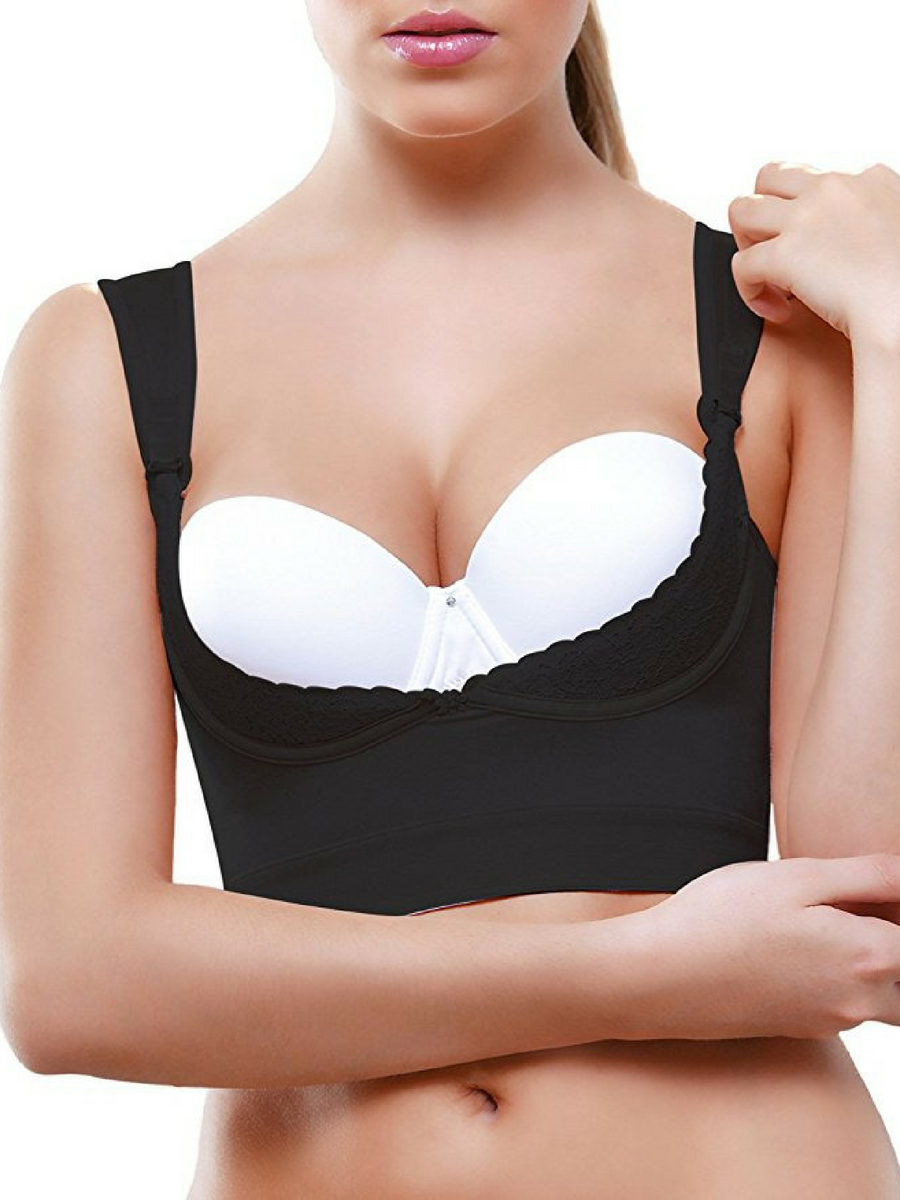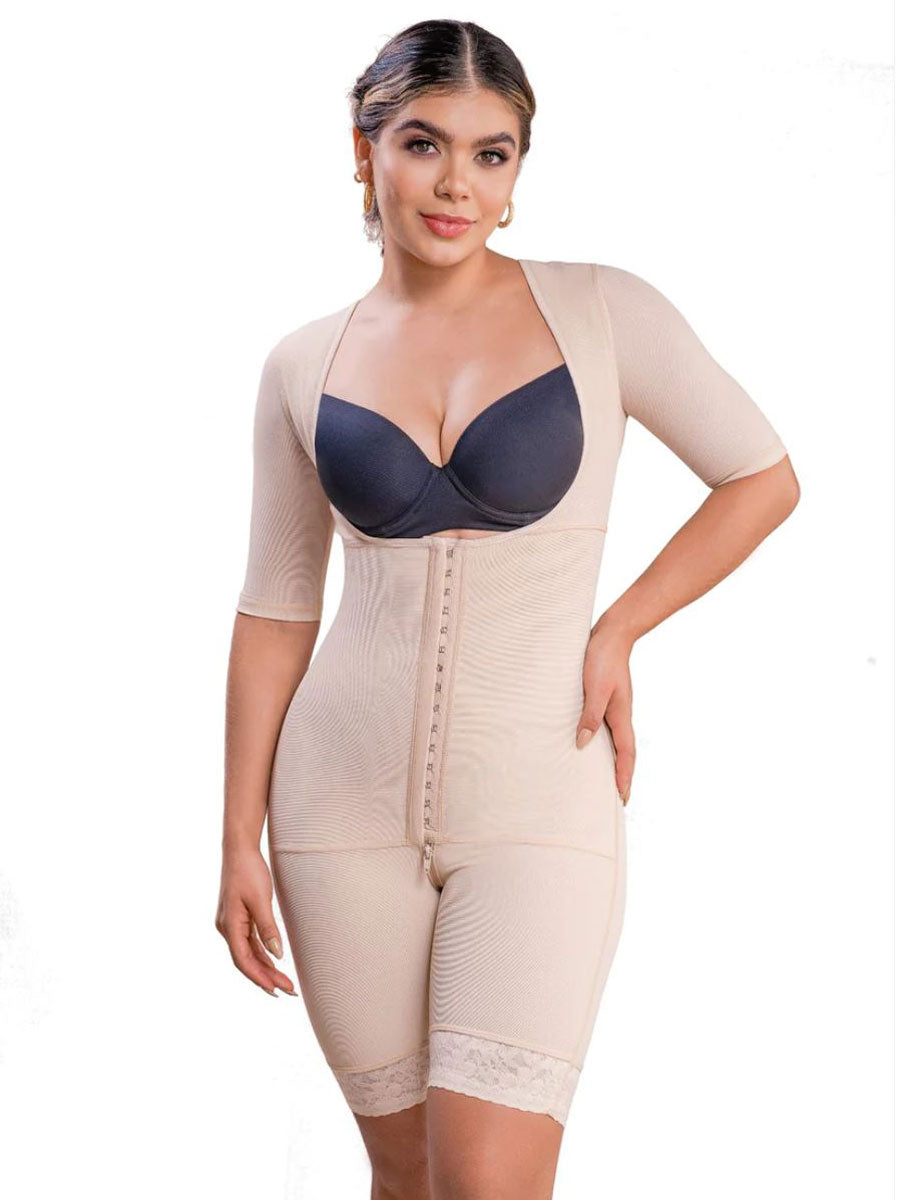Shapewear for Women - Buyer's Guide
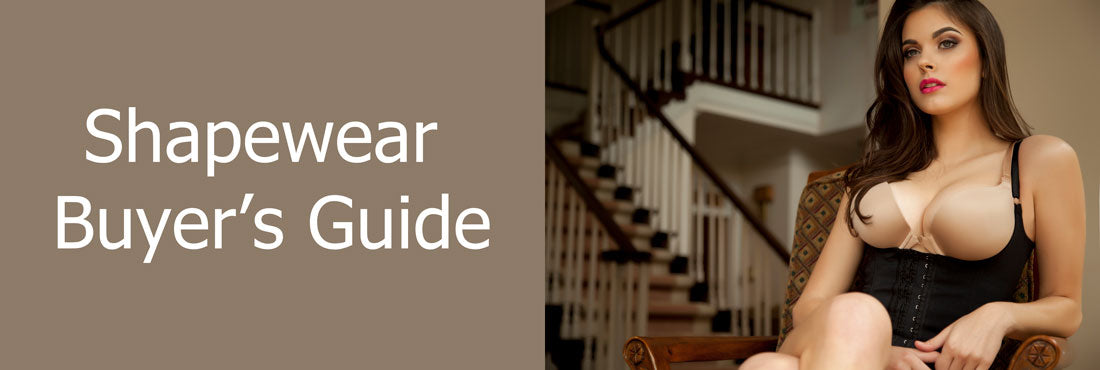
The terms faja or shapewear refers to a broad category of women's undergarments that are designed to slim, support, control and shape a woman's figure. This buyer's guide is intended to help you choose the right shapewear for your body type, target area and budget.
Target Area
Shapewear comes in many different styles and materials, and can be worn to target your waist, back, hips, thighs and booty. The garment you should choose depends on the problem area(s) you want to smooth and shape.
Back Bulge

Underbust boosters slim and smooth bra bulges while enhancing the lift you get from your bra alone.
Comparison Chart
More Resources
Here are a few additional resources that can help you choose the right garment:
- Corsets vs Waist Cinchers - What’s the Difference?
- Corset Q&A Episode 60: How do you put on a waist cincher?
- Corset Q&A Episode 63: What are the differences between our waist cinchers?
- Corset Q&A Episode 33: Why doesn’t the sizing on the Vedette shapewear package match my order?
Frequently Asked Questions
Will shapewear train my waist?
No, a steel boned corset is what you would want to use for waist training. Waist cinching shapewear has many benefits other than waist training. Shapewear can be useful for post surgical compression, adding support after giving birth, and with bringing down swelling. Many simply wear shapewear at the gym to smooth and shape your figure under tight clothing. Some people even like to double up a shapewear garment with a steel boned corset to have the benefits of both. For example, our Vedette 941 will smooth any back bulge and a corset to cinch the waist.
Will shapewear help me lose weight?
Not directly, although diet and exercise paired with shapewear can help to give you more confidence in your clothing and provide support where needed. The shapewear we sell is made with different combinations of latex, spandex, nylon, polyester and cotton; all fabrics which may cause you to sweat out some water weight. Water weight is not true weight loss though. As you go through your day eating and hydrating you’ll gain that back.
Is a waist cinching shapewear easier to put on than a corset?
Not necessarily, they are just different! When a waist cincher is your correct size it will be very tight and it has multiple rows of many small hook and eyelets (like the back of a bra strap). Those little hook and eyes can be tricky to clasp, but they're manageable. Once you get the hang of clasping your cincher, you won’t bat an eye at getting in and out of it. If you have poor shoulder mobility, a cincher can be easier to get in and out of than a corset because you won’t need to reach behind your back to tighten your corset.
Which waist cincher is the best?
The best waist cincher is the one that fits you best and suits your needs! Someone with a very short torso and a slim frame would do well with our Vedette 902, however someone with a long torso and very curvy build would really like our Vedette 200 as it’s quite long and has straps to help hold it in place. All are great options, they simply serve different purposes. Talk with our sizing team about your concerns and measurements and they can help determine which cincher will suit your needs best.
Which measurements do you need to recommend a waist cincher style and size?
For the most accurate recommendation, the measurements you need are underbust, natural waist, full hip & seated torso length. these are different from the measurements you need for a corset. Contact our sizing experts in the chat box if you need help.
I’ve never worn shapewear before. What can I expect?
Shapewear feels like an all over hug. Unlike a corset which puts the hug sensation at your waistline, shapewear puts that hug sensation all over the torso causing an all over smoothing effect instead of just a nipped in waist that a corset gives.
Which cincher is the most popular?
The Vedette 103 in black, by far! The 941 & 348 are the next most popular options.
Do you have any shapewear that does not have latex?
Yes! The 939, & 902 are not made with latex. However, they are made in the same factories as latex cinchers and if you are highly sensitive to latex, we do not recommend that you wear them for your safety!
Which cincher is best for short torsos?
The 902 works wonders for super short torsos. It has a 7” torso length.
Materials
Shapewear is made from a combination of materials that give it a stretchy but firm property useful for shaping your figure. Many types of materials can be used in shapewear (including nylon, polyester and cotton), but the two primary materials used are natural rubber latex and Powernet.
Natural Rubber Latex: Natural rubber latex refers to the white sap that comes from the hevea brasiliensis tree. Most shapewear is infused with this stretchy but firm material. The reason is that latex is pretty unbeatable as far as the amount of compression it provides and its durability. If you take care of your latex shapewear (clean but don’t put it in the washing machine!), it will maintain its structure for many months of regular use.
Latex is tougher and offers a tighter grip and higher compression on the body as compared to spandex. Latex also offers better elasticity as compared to spandex. In general, we recommend latex shapewear when seeking sculpting benefits vs. spandex for smoothing.
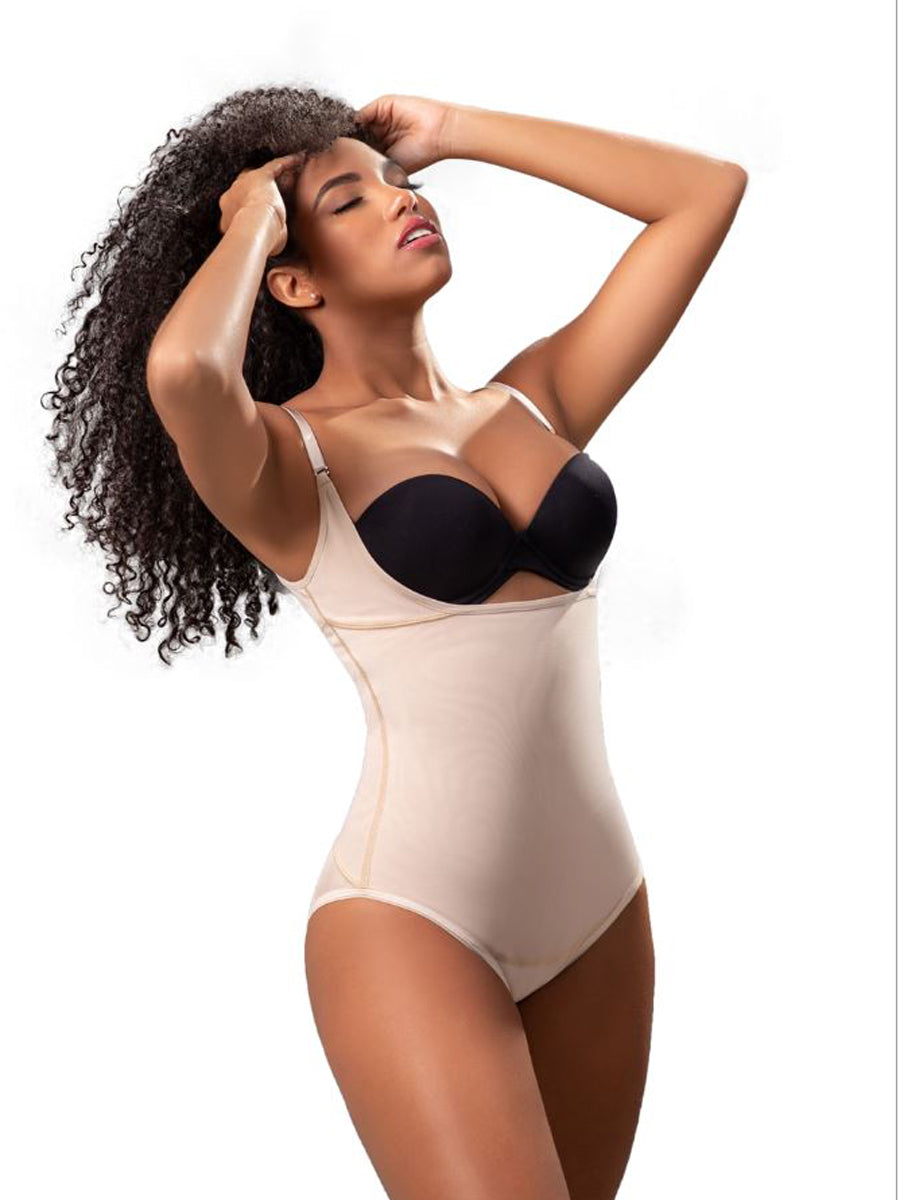
Powernet Blend: is a type of Spandex, which is also called Lycra, Lycra spandex, or Elastane, is a synthetic that is comprised of a minimum of 85% polyurethane polymer. Spandex is not a latex-based product, and so is often recommended for people with latex allergies as a clothing replacement. Powernet blend shapers usually include some combination of Lycra and nylon. The result is a lightweight fabric that wicks away moisture.
This is our recommended solution for anyone who has a latex sensitivity or for women who simply want to experiment with different shapewear to find their favorite.
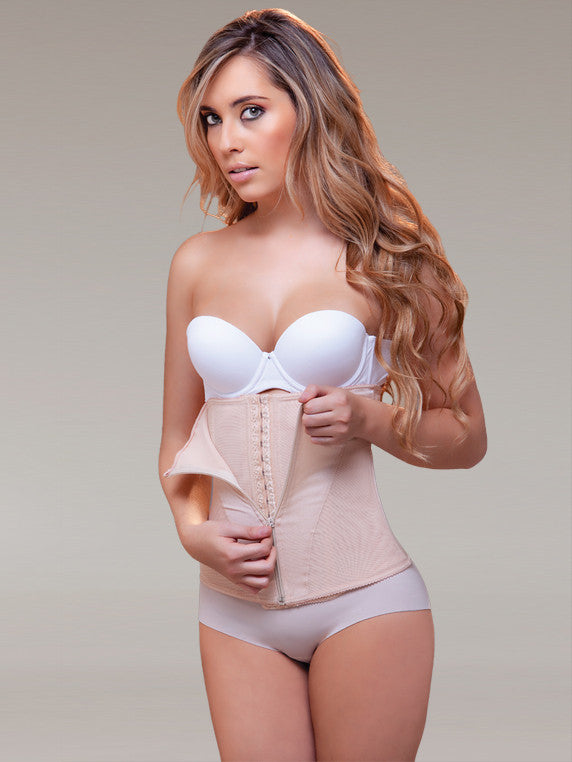
Neoprene: Neoprene is a synthetic rubber that also provides insulation and raises body temperature. It is generally used to make diving suits as it protects the deep-water swimmer from extreme cold climates, but is sometimes also used in shapers. Neoprene shapers are known to increase the body temperature and make it sweat. We don't recommend these.
Sizing
Tip #1: Do not size down in shapewear like you would with a corset. Shapewear is designed to fit very snug and is sized based off of your natural measurements. If you size down below your recommended size, it’s very likely that you won’t be able to clasp your shapewear shut!
Tip #2: Short torsos can wear the bodysuit styles with less difficulty (in spite of their length) because their torso length doesn’t affect the fit of the cincher as much as one without the panty. Added bonus- no clips means no lumps and bumps in front.
Tip #3: Use the size guide in the product for the best fit



